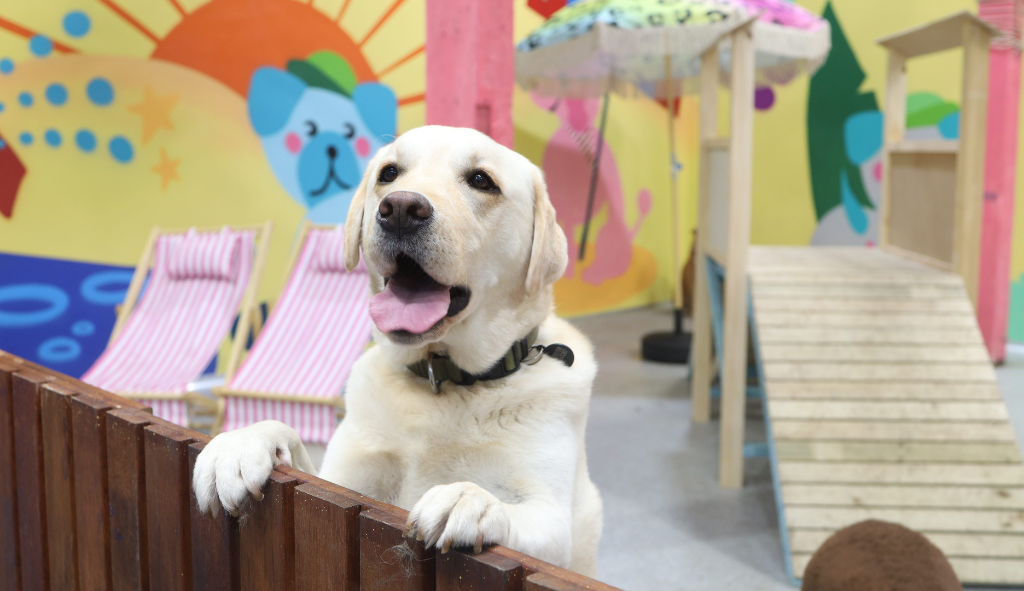
Helping Your Anxious Dog Relieve Stress
Share
One of the hard things about relationship with our dog is when they feeling something wrong but it’s hard for them to tell us.
As of one of their companions, we need to be aware of the sign they are showing to help them cope up. If you think your dog might showing some anxiety, there are some recognizable symptoms that you might catch and treatment to ease it.
Types of anxiety in dogs
Separation anxiety
When dogs with separation anxiety are left alone or separated from their family members, they are unable to find comfort. This anxiousness is frequently shown in negative behavior, including as peeing and defecating in the house, damaging furniture and furnishings, and barking.
Fear Related
Loud sounds, unfamiliar persons or animals, visual stimuli such as hats or umbrellas, new or strange locations, specific circumstances such as the vet's office or car rides, or surfaces such as grass or wood floors can all produce fear-related anxiety. Although some dogs may just have brief reactions to these types of stimuli, they may have a greater impact on nervous dogs.
Changes in environment
An anxiety also triggered when there’s a sudden change of normal routine; for example, getting inside your car.
Sign of anxiety in dogs
- Destructive behavior
- Not eating
- Excessive barking
- Restlessness
- Escaping and covering in the corner
- Urinating frequently than usual
Ways to treat your dog’s anxiety
Behavioral training.
Here are some dog anxiety treatment options that owners may utilize. Counterconditioning is one method. The goal of counterconditioning is to modify your dog's response to the stimuli that cause anxiety, generally by substituting a more desired behavior, like sitting or focusing on the owner, for the nervous or aggressive behavior.
For separation anxiety, alter negative association of being alone to positive by means of treats or toys, using toys to keep them occupied to keep them busy while you are away. Also, don’t make a big deal out of leaving and arriving – talk in a normal voice before leaving and patting them can do the trick
Desensitization is another training approach. The owner gradually introduces the cause of fear to the dog, preferably in little doses and at a lower intensity. Repeated exposure and rewarding good behavior can help with reducing stress.
For example, if your dog has an issue getting inside the car, break it into process and give positive reinforcement. Get them near a car, then reward them with their favorite treats, next day teach them to get inside the car, then drive them around.
Reward them for their progress. Because training an anxious dog is not always straightforward, you may want to consult with a professional dog trainer to assist you determine the best method for your dog.
Medical treatment
If your dog develops a severe anxiety issue, your veterinarian may advise you to try pharmaceuticals or natural treatments. SSRIs and antidepressants, such as fluoxetine and clomipramine, are occasionally given to anxious dogs. To assist your dog cope with stress caused by predictable occurrences such as thunderstorms, fireworks, car rides, your veterinarian may give benzodiazepine in combination with an antidepressant.
Dogs in town Australia website (https://dogsintown.com.au/collections/stress-and-anxiety) has a shop section for a dog’s anxiety and stress that offers helpful products for them. Check them out.
